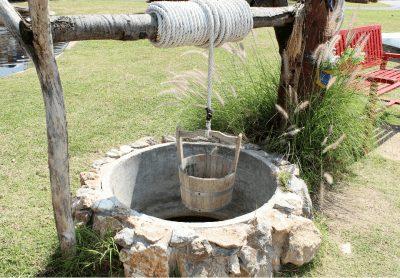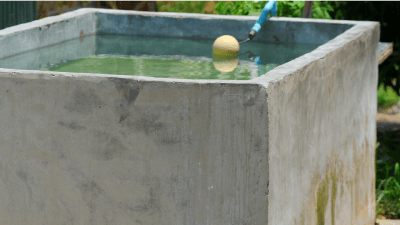CBSE Class 6 Social Science Worksheet Chapter 25 Vital Villages, Thriving Towns - Free PDF With Solutions
FAQs on CBSE Class 6 Social Science Worksheet Chapter 25 Vital Villages, Thriving Towns
1. Why is the chapter Vital Villages and Thriving Towns about?
This chapter is about different villages and Kingdoms in ancient India. It explains how different villages and cities in India have generated revenues and have done cultivation and agricultural practices.
2. What is the best way to understand the topic of Vital Villages and Thriving Towns?
The best way to understand the chapter on Vital Villages and Thriving Towns is from a PDF because it will help students learn the important terms of the chapter easily.
3. Why were iron tools used in the chapter Vital Villages and Thriving Towns?
Iron tools were used to clear different forests in vital villages and thriving towns.
Recently Updated Pages
Important Questions for CBSE Class 11 Indian Economic Development Chapter 5 - Rural Development

Important Questions for CBSE Class 11 Hindi Aroh Chapter 9 Poem Kabir Ke Pad

Important Questions for CBSE Class 11 Indian Economic Development Chapter 7 - Environment and Sustainable Development

Important Questions for CBSE Class 11 Business Studies Chapter 9 - Small Business

CBSE Class 11 Chemistry Redox Reactions Important Questions 2024-25

CBSE Class 11 Physics Chapter 10 - Thermal Properties of Matter Important Questions 2024-25

Trending pages
CBSE Board Exam Date Sheet 2024 Class 10

CBSE Class 12 Date Sheet 2024: Updated!

CBSE Class 10 Science Important Questions

English Grammar Class 1 Am, Is, and Are - PDF

CBSE Class 10 Important Questions for All Subjects

English Grammar Class 1 Has and Have - PDF

Important Questions for CBSE Class 10 Science Chapter 2 - Acids, Bases and Salts 2024-25

Important Questions for CBSE Class 9 Science Atoms and Molecules 2024-25

CBSE Class 10 Maths Important Questions

Other Pages
Manufacturing Industries Class 10 MCQ

Important Questions for CBSE Class 6 Social Science - Social and Political Life Chapter 5 - Rural Administration

CBSE Economics Globalisation and the Indian Economy Class 10 MCQ

Important Questions for CBSE Class 6 Hindi Bal Ram Katha Chapter 6 - Dandak Van Me Das Varsh

Agriculture Class 10 MCQ

Important Questions for CBSE Class 6 Hindi Bal Ram Katha Chapter 9 - Ram Aur Sugreev






